November DIY Inspection Tips (#1-9)
Dec. 1, 2016(Nov 22-30)
Do-It-Yourself Inspection Tip #1 (HVAC): Plastic Dryer Vent
While performing home inspections, it is quite common that we find a foil or white vinyl vent being used for the dryer exhaust. These materials are a fire hazard and should be replaced with a non-combustible metal vent. If you do not know what material is currently being used with your dryer, you can check by simply looking behind it - for most dryers the vent will be connected near the bottom in the middle.
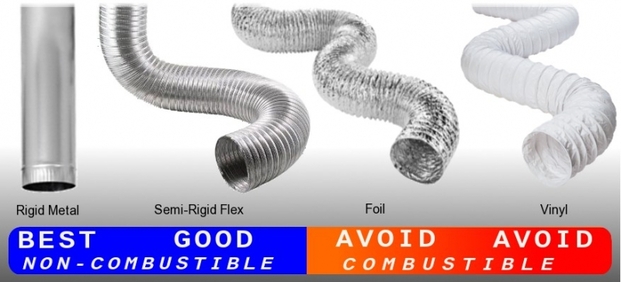
Do-It-Yourself Inspection Tip #2 (Exterior): Siding Clearance
Regardless of what type of siding you have on your house, it is important that there is at least 4 to 6 inches of clearance between the siding material and the ground. When the siding is too close to the ground it is easy for water to be wicked into the wall system, which can cause rot damage to the wood frame structure of the walls. Low siding allows easier access into the wall system for insects, which is why this is also very important for areas with wood-destroying organisms.
The solution is to remove the bottom rows of siding until adequate clearance is achieved and rearrange elevated gardens away from the house wall.
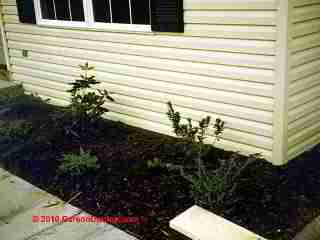
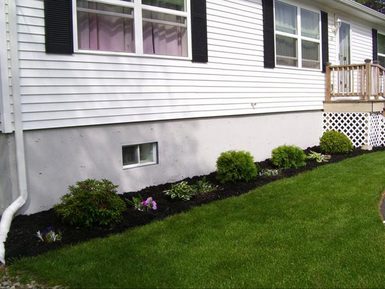
Do-It-Yourself Inspection Tip #3 (Plumbing): Water Heater TPRV
An important component of your water heater is the Temperature/Pressure Relief Valve. This is usually located on the side of the tank near the top. The purpose of this valve is to prevent a steam explosion by releasing water if a malfunction occurs that causes excessive pressure or temperature in the tank. This valve should have a copper or PVC discharge pipe attached to it, extending down to approximately 6 inches above the floor. This is to prevent scalding if it does release hot water at high pressure.
It is common for the discharge pipe to be missing. Installation is simple, and the pipe itself is a low-cost item available at your local hardware store.
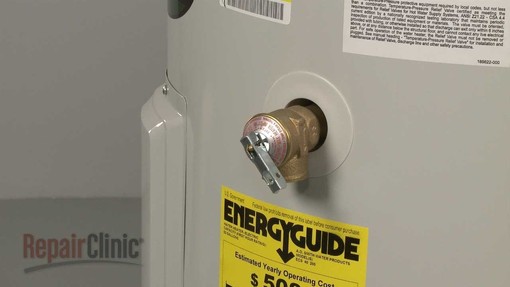
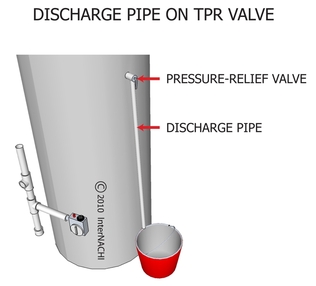
Do-It-Yourself Inspection Tip #4 (Interior): Bathroom Fan
It is a common misconception that bathroom ventilation fans are primarily to get rid of odors. Actually, their main purpose is to remove humidity, which is why they should be present and operable in all full bathrooms (having a tub or shower). Whenever you have a shower, the fan should be turned on for the duration and left on for at least 30 minutes afterward.
If there is no fan in your full bathroom, it is highly recommended that one be installed (and used) to prevent excessive humidity in your home, which can lead to concealed rot damage and fungal growth issues.
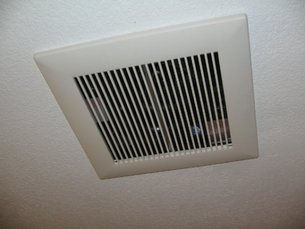
Do-It-Yourself Inspection Tip #5 (Insulation): Exposed Rigid Foam
Exposed rigid foam insulation is a major fire hazard. It can be white, blue or pink (as there are different types with different R-values), commonly found in basements and attached garages. This is an excellent form of insulation, however, if it were to catch fire this material produces a lot of very toxic smoke, which can quickly debilitate a person before they have a chance to leave the house.
If you find this insulation exposed in your home, we strongly recommend either removing it completely or installing drywall over it for safety.
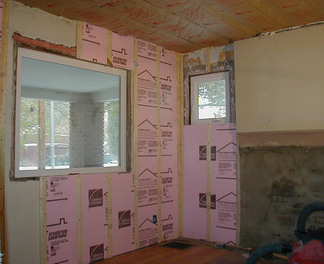
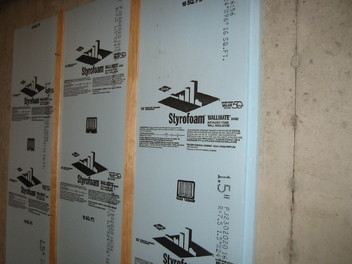
Do-It-Yourself Inspection Tip #6 (Roof): Overhanging Tree Branches
Tree branches that overhang a roof cause two particular problems. 1) Debris from the branches obstructs gutters, causing them to overflow and deposit water near the foundation wall. This can result in significant damage to the foundation over time, especially when the wet soil freezes and exerts a large amount of pressure on the foundation wall due to expansion of the freezing soil. 2) Shade provided by the branches as well as debris falling onto the roof cause premature deterioration of the roof covering itself by decreasing its "drying potential" (ability to dry after becoming wet), and causing moss growth to occur - which expedites deterioration further.
If possible, tree branches should be trimmed back away from the house allowing at least 2 to 3 feet of clearance from the roof and gutters horizontally.
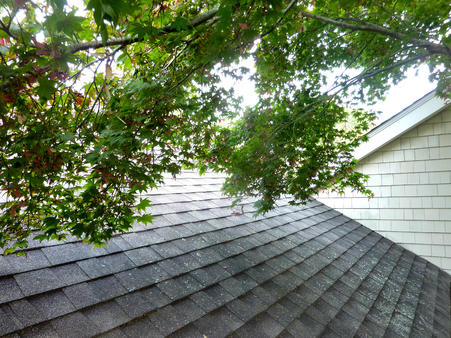
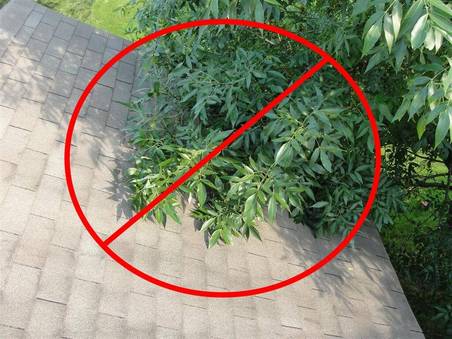
Do-It-Yourself Inspection Tip #7 (Electrical): Wires In Contact With Metal
In unfinished basements it is common to find electrical wiring in contact with metal ducts and/or gas and water pipes. Wiring in contact with any of these items always has risk of the wire casing wearing down over time due to abrasion (especially if in contact with sharp edges of any kind) because metal expands and contracts with differences in temperature. If the live wires inside the casing are exposed, any metal in contact with them will also become electrically live, which is a life safety hazard because ducts and pipes are almost always directly or indirectly connected with metal components that we have immediate access to in the living space (faucets, fixtures, heating registers, vents, etc).
The solution is to simply place some regular fiberglass insulation between the wires and the metal components to prevent contact.
Do-It-Yourself Inspection Tip #8 (HVAC): Dryer Vent Under Deck
A dryer vent discharging directly below a deck tends to cause premature deterioration of the deck frame and sheathing due to moisture. If you find the dryer exhaust terminating under your deck, we recommend rearranging the vent to discharge to the side of the deck or at least 3 feet below the deck frame, if its configuration allows.
Do-It-Yourself Inspection Tip #9 (HVAC): Inadequate Clearance
It is common to find that a metal vent connector (chimney) for the furnace and/or water heater is too close to combustible materials - in this respect, drywall counts as combustible. The necessary clearance depends on what type of fuel is being used by the appliance: gas fuel requires at least 6 inches, oil needs 9-18 inches and wood-burning appliances are 24 inches minimum.
If you find combustible materials too close to a vent connector and the material itself cannot be removed, a simple solution is to install a heat shield to prevent a fire hazard.
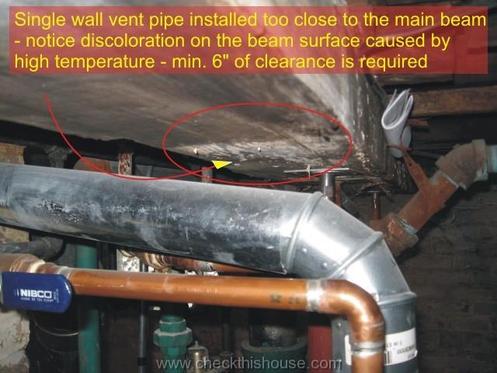
Written by:
DONOVAN ILLIG
Home Inspector & Residential Environmentalist
Premium Home Inspections Ltd.
250-617-3378 | donovan@premiumhi.net
CPBC License #71217



